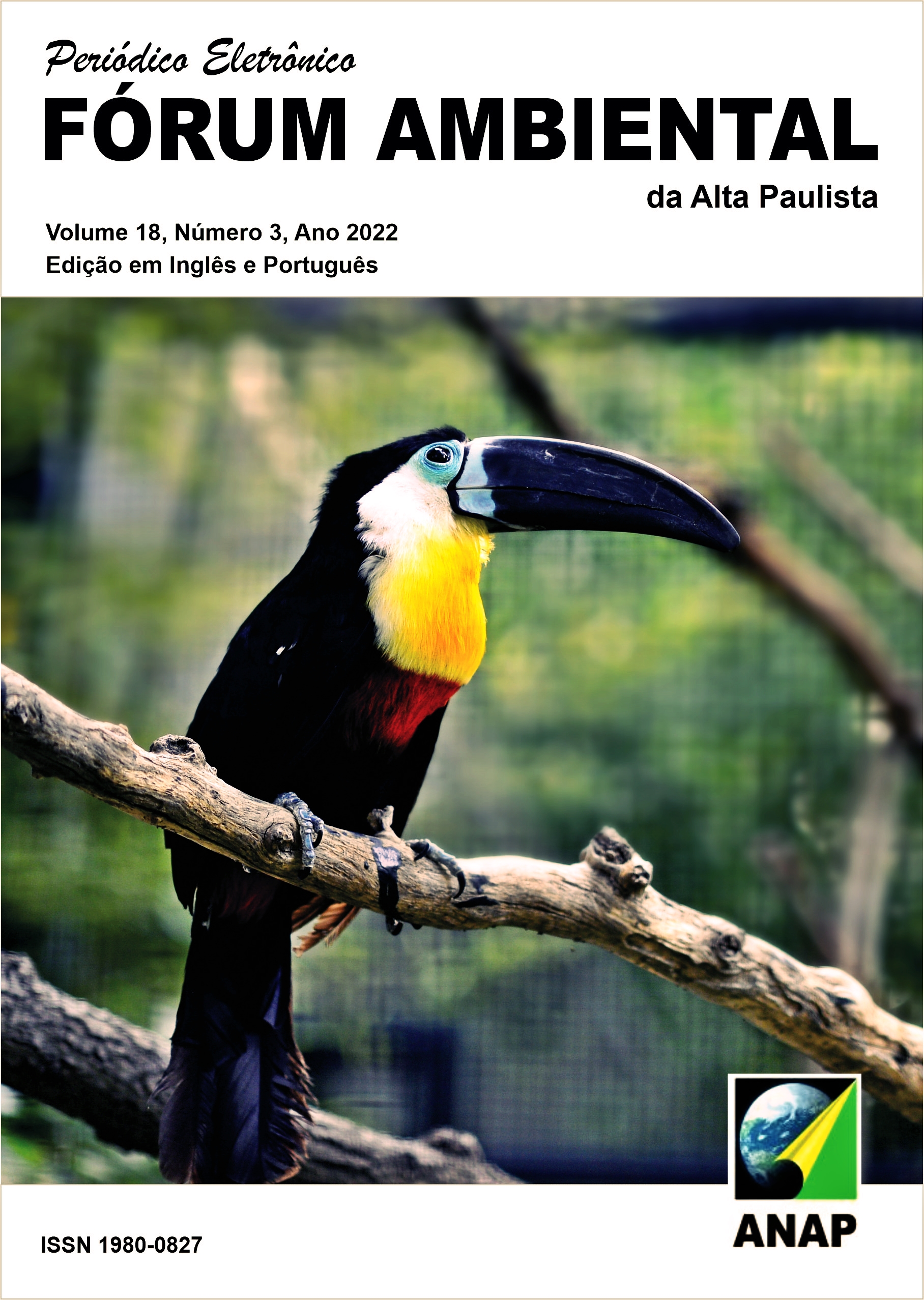Impacts of the Port Activities in Guarujá-SP, Brazil: Biological Monitoring as a Tool for the Assessment of Atmospheric Pollution
DOI:
https://doi.org/10.17271/1980082718320223320Palavras-chave:
Guarujá – SP, Atmospheric Pollution, Biological Monitoring.Resumo
Guarujá, a tourist city in Baixada Santista – SP that comprises the left bank of the Port of Santos, which plays a leading role as a lever for the country's economic development. However, because of its intense expansion, the city was surprised by an important logistical bottleneck for the flow of production, which generates intense congestion in the streets close to the port area. The lack of fluidity in traffic culminates in intense emission of gases and particulate matter (PM), resulting in increased of atmospheric pollution. Although the Environmental Company of the State of São Paulo (CETESB) is responsible for monitoring air quality, in Guarujá this monitoring is recent and has only one manual station. Vicente de Carvalho is the neighborhood where Porto is located and where, predominantly, its activities and negotiations take place. The population who lives in the place is around 150,000 inhabitants. Therefore, monitoring by CETESB is not representative of polluting activities. This research presents the concentrations of heavy metals that were determined, by an alternative method, which uses plants as bioindicators of pollution. Cadmium is a metal that is commonly present in the composition of diesel. Its concentrations in areas with intense movement of trucks were 155 times greater than those observed in regions without pollution. The diagnosis of pollution carried out in Guarujá has contributed to the understanding of the complexity of urban environmental problems, providing SEMAM with inputs for the formulation of public policies aimed at achieving fairer and more balanced socio-environmental conditions.
Downloads
Referências
Publicado
Edição
Seção
Licença

Este trabalho está licenciado sob uma licença Creative Commons Attribution-NonCommercial-ShareAlike 4.0 International License.














